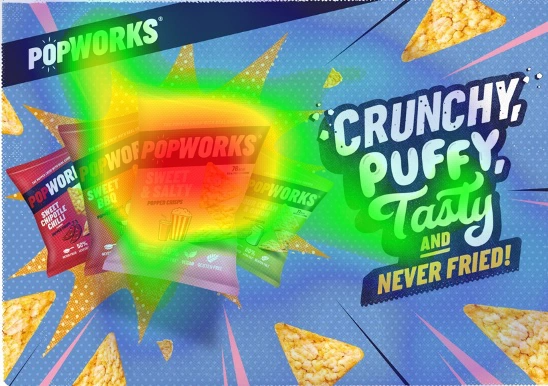Imran Elahi: an outsider’s view of programmatic advertising in digital Out of Home
Outsider View on Programmatic Advertising
I recently joined Talon as their Head of Digital, a new role for the company and a reflection of the business’s commitment to driving Digital Out of Home’s (DOOH) transformation and growth. It’s all new for me too as I have not been part of the Out Of Home world until now. Ten years spent in the traditional digital space of consultancies and advertising technology companies means I bring a fresh perspective on OOH and how the programmatic world wishes to engage with it.
OOH and DOOH are very much on the agenda for programmatic advertisers looking for an opportunity to reach and engage audiences with lower risk of encountering issues such as brand safety, privacy and accountability. These of course are major challenges in the online space.
It’s worth reminding ourselves of the tools at hand for brands online and how useful they are. Demand Side Platforms (DSPs) do allow advertisers some basic control over where their ads are displayed, through whitelisting or blacklisting certain websites but these wholesale blocking measures are blunt instruments. Advertisers can sometimes end up struggling to connect with their target audience because of this.
Whilst both the buying and selling elements of the programmatic chain continue to optimise processes, there remain some inconsistencies which make it hard to match spend across multiple platforms. Additionally, GDPR regulations mean that the online programmatic ecosystem is really struggling to introduce solutions that balance both ad reach and user safety. These are some of the reasons why online advertisers are looking for an alternative channel to reach audiences and pursue business outcomes.
It’s easy to see that the fundamentally public nature of OOH minimises risk with issues like brand safety, transparency and privacy. For instance, being able to physically see where your ads are, rather than trusting they have been placed on a relevant website feels more transparent and accountable. Industry bodies like the Advertising Standards Authority set guidelines and ensure safe and compliant messaging.
And as ads are in a public place, users don’t feel like their privacy is being invaded. With these factors in mind, advertisers may assume that by overlaying programmatic buying models in DOOH, they can get the benefits without the challenges they face elsewhere.
However, adding in the programmatic element via an automatic trading desk can introduce these challenges to DOOH in other ways. Today, there is no industry standard for programmatic attribution modelling – meaning the success of your campaign may be measured differently from one provider to another. There is a lack of accountability when advertisers are dependent on the publishers and buying technologies executing a campaign to also report on their delivery and effectiveness. The Programmatic OOH ecosystem will definitely need to develop independent reporting rather than relying on the buying/selling platforms.
Probably the biggest challenge of all is how to adapt a one-to-one targeting model to a one-to-many advertising medium. Online, ads are displayed to a single user, in a single place, based on their online habits or history. This means that the dynamic adjustment and placement is optimised as best as possible for that unique user. That model simply doesn’t work in OOH, where ads must naturally be targeted to user groups instead of individual users. The obvious benefits to this sort of targeting in OOH lie in the geolocation, context and timing of the ad placement.
It’s not that either approach is superior – they are just different. They need to be recognised as being effective in different ways. And it needs to be acknowledged that the ecosystem and distribution model for each must reflect these key differences as well.
Clearly, technology and systems could (and should) adapt to reflect the opportunities and realities of each channel. From my short time working in the OOH medium it feels like there is a real need for a bespoke tech solution for Programmatic OOH that is fit for purpose, rather than sleepwalking into the online model, and all the well documented challenges that brings.



